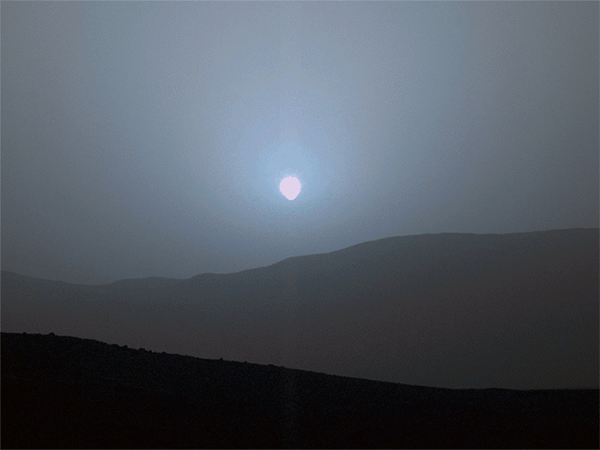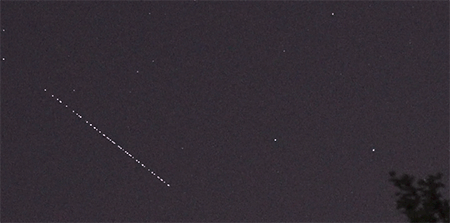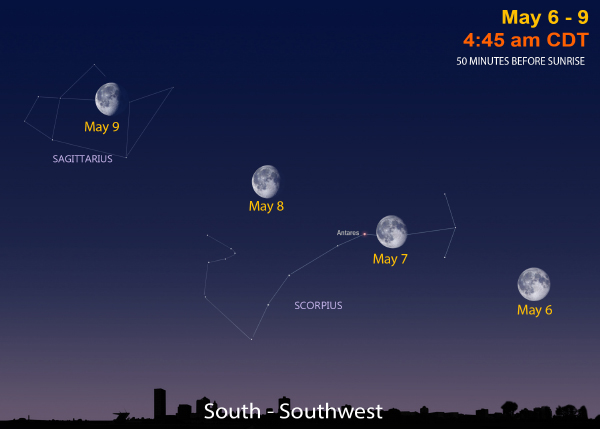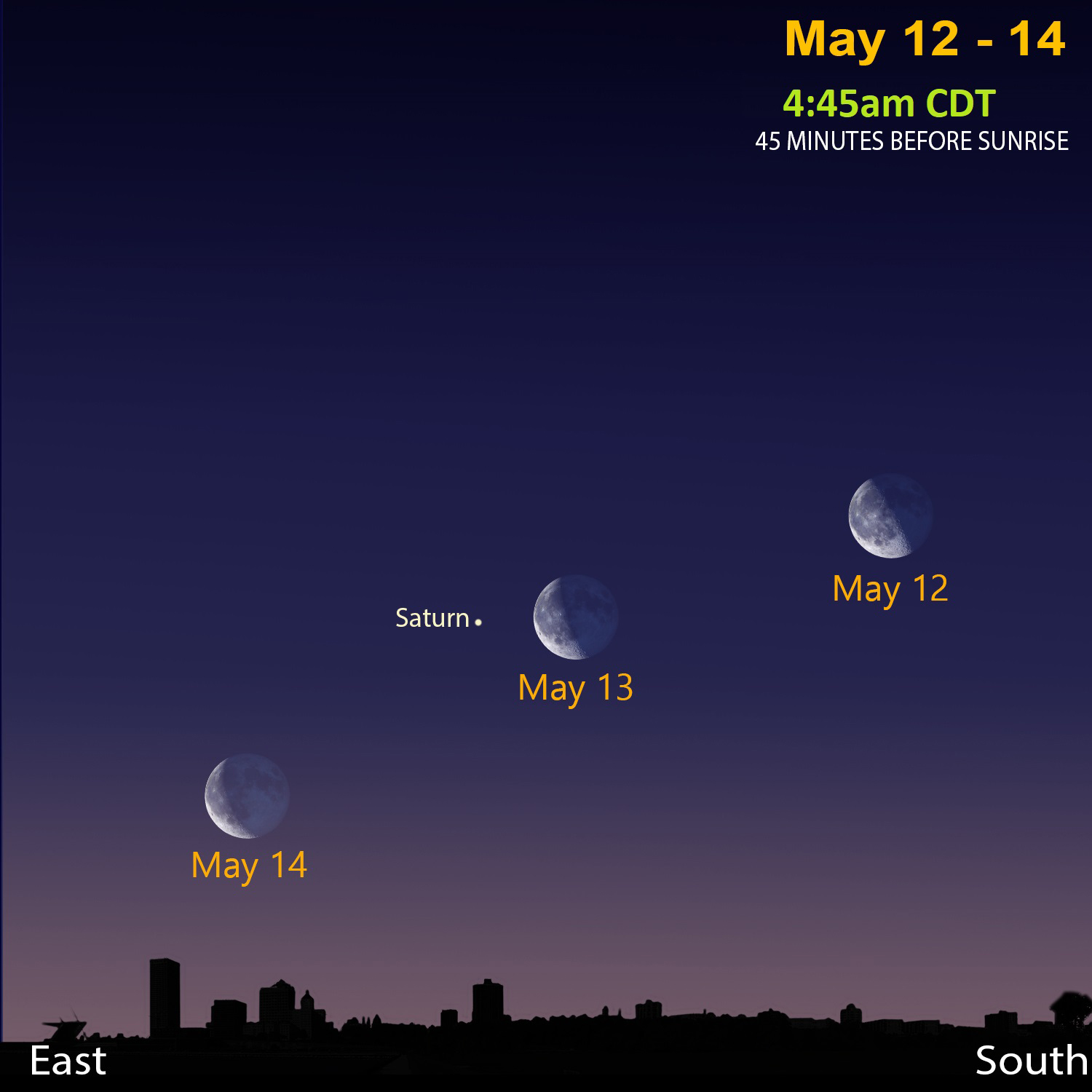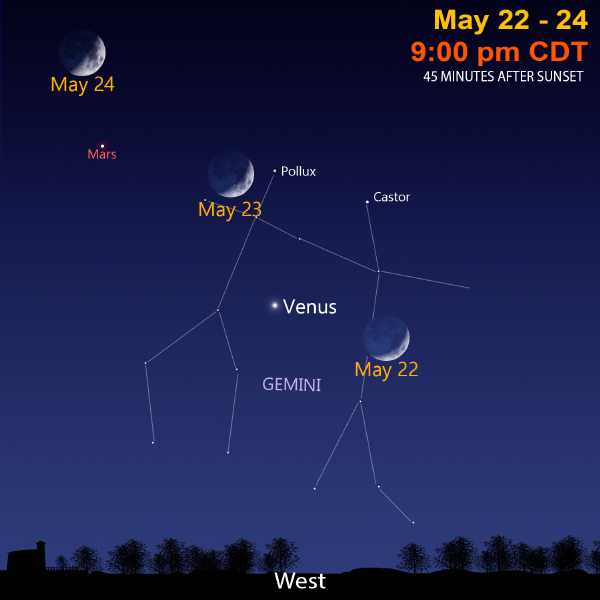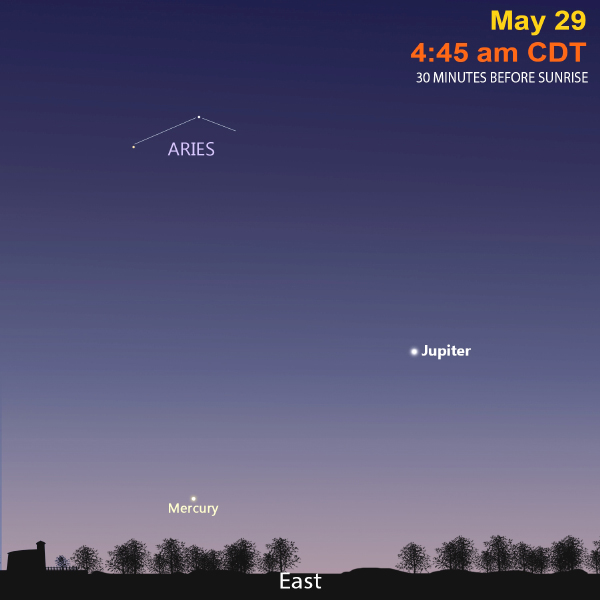Cosmic Curiosities
“At night in this waterless air, the stars come down just out of reach of your fingers.”
- John Steinbeck, American Writer
Blue Sunsets
I love the yellow-orange-red, sometimes pinkish-purple sunsets on planet Earth. While similar, they also never seem to be exactly the same. I could bore you with an array of pictures! Someday, though, some people are going to see a blue sunset on the red planet. NASA's Curiosity Mars rover recorded the above view of the sun setting at the close of the mission's 956th Martian day, or sol (April 15, 2015), from the rover's location in Gale Crater.
Dust in the Martian atmosphere has fine particles that permit blue light to penetrate the atmosphere more efficiently than longer-wavelength colors. That causes the blue colors in the mixed light coming from the sun to stay closer to the sun's part of the sky, compared to the wider scattering of yellow and red colors. The effect is most pronounced near sunset, when light from the sun passes through a longer path in the atmosphere than it does at midday.
One of the best places to observe blue sunsets on Mars is from the planet's famous Olympus Mons volcano. This massive volcano, which is the largest in the solar system, stands at more than three times the height of Mount Everest and has a wide, flat summit. From this vantage point, the sunset can be seen over the vast Martian horizon, making for a truly breathtaking view.
In recent years, robotic missions to Mars have captured stunning images and video footage of the Martian sunset. Below is a movie NASA put out called I'm Dreaming of a Blue Sunset (A Mars Movie).
It’s not a given that humans will walk on Mars someday, but there are definite detailed plans by NASA and others to set foot there. If and when it happens, many amazing human experiences will be shared. And after a long day exploring, the first astronauts will surely share their pictures of a blue sunset on the red planet.
Starlink
Image Credit: Astronomics
Anyone seen a strange trail of bright lights in the sky? So strange that it gets you thinking about alien spaceships?
If it looks like the picture above, they are communication satellites called Starlink, by SpaceX. There are more than 3,000 of them currently and maybe close to 40,000 more! The satellites help bring the internet to remote areas and allow for faster download times.
Like any satellite in low Earth orbit, you see them mainly after sunset and before sunrise. There are several websites that can help you find Starlink satellites in the night sky.
There are two main concerns with so many satellites in Earth’s orbit: light pollution and orbital collisions.
With ground-based telescopes, looking far into space requires a long exposure time, and Starlink satellites passing by can leave streaks in the imaging. Additionally, it was recently discovered that these satellites are even affecting the Hubble Space Telescope. For imaging purposes, Hubble needs, on average, 11 minutes, which can cause Starlink to sometimes photobomb Hubble images.
Starlink has tried to dim the spacecraft using dark antireflective coating, but it is still not enough for astronomers. However, it does make Starlink satellites invisible to the naked eye.

Better communication across the globe is a good thing. But is there a limit to the amount of satellites in space around Earth? No one knows that answer now, but the numbers are increasing.
A company called OneWeb and Amazon are also launching satellites. Between December 2020 and November 2022, Starlink satellites performed 26,037 orbital avoidance maneuvers to avoid collisions with space debris and other spacecraft. SpaceX claims that these satellites have enough fuel to perform 350 orbital avoidance maneuvers in its five year lifetime.
Satellite companies and astronomers have been talking to each other. SpaceX leader Elon Musk tweeted back in 2020, “One way or another, we’ll make sure Starlink doesn’t inhibit new discoveries or change the character of the night sky.”
To me, seeing satellites in the sky has always been both joyful and wistful.
A starry sky far from city lights can stir my imagination and bring a gentle peace, especially when there are no interruptions. Still, it’s cool to wave at astronauts as they go by in the International Space Station. And I know the incredible importance of so many satellites – communications, weather, Earth observations, and telescopes, to name a few.
My hope is simply that both sides – astronomers and satellite companies – continue to communicate.
Who Was Nancy Grace Roman?

Nancy Grace Roman was the first chief of astronomy in the Office of Space Science at NASA, only six months after the formation of NASA. In honor of Dr. Roman, a powerful telescope will be launched in 2027. The Nancy Grace Roman Telescope will work to uncover the mysteries of dark energy, exoplanets, and infrared astrophysics.
This May 16 would have been her 98th birthday. She was born in 1925 in Nashville, Tennessee, but moved frequently with her family. Her mom taught her about plants, birds, and the night sky. The night sky was what Roman connected with the most. By seventh grade, she had developed a dream of becoming an astronomer.
Roman worked hard to pursue this path, especially being a woman in the 1940s and 50s. In an interview with NASA, she recalled never being encouraged to enter the STEM field until a college professor said she might make it. Roman made it!
She received her PhD in astronomy in 1949 from the University of Chicago. Her dissertation was on a group of stars that move together in Ursa Major, the Great Bear. She also worked many times with the telescopes at the Yerkes Observatory right here in Wisconsin.
In 1959, she became the first chief of astronomy in the Office of Space Science at NASA, only six months after its formation. The job also made her the first woman to hold an executive position there. She was in charge of planning and implementing the Hubble Space Telescope program. She pushed hard to make the telescope a reality with her leadership and persistence. Today, after 33 years in space, Hubble is still capturing unprecedented views of space. Nancy Grace Roman became known as the “Mother of the Hubble Space Telescope.”
Even after her work with NASA, Roman continued to work with astronomy, recording textbooks, giving lectures, and working with children. She also worked to empower girls to enter the STEM field. Roman passed away in 2018 at the age of 93. She led an inspirational life. Happy birthday, Nancy!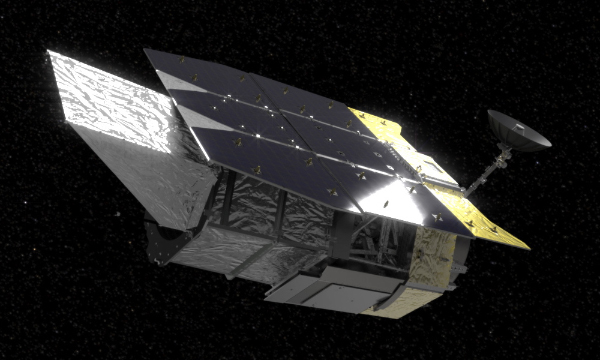
When operational later this decade, the Nancy Grace Roman Telescope will monitor large portions of the sky, 100 times wider than the field of view of Hubble. The Wide Field Instrument will even measure how the universe has expanded.
The Roman Telescope will also feature a coronagraph, so it can identify exoplanets by looking for planets blocking a star’s light. This method will find planets too faint to be seen with previous technology.
This telescope will change how we see the universe, which is what Nancy Grace Roman did in her time, so it feels very fitting that it shares her name.
Space in Sixty Seconds
As we spin through the May night, watch “star trails” with timelapse photography.
Sky Sights
Orion leaves our skies in May, and that means the return of Scorpius the Scorpion. This constellation is best seen in the late night or morning sky. By late June, you can see the stars of Scorpius in the southeast after sunset. A waning gibbous Moon orbits through from May 6-9.
Saturn climbs a little higher in the morning sky this month. The Moon passes by from May 12-14.
Venus and Mars shine close together in late May in the constellation Gemini. The planet Venus will dominate in brightness. Mars has dimmed a bit and is about the same brightness as the twin stars Castor and Pollux. A lovely crescent Moon orbits past the planets from May 22-24.
Jupiter can be seen in the very early morning in late May. Mercury will be nearly impossible to spot without binoculars or a telescope.
May Star Map
Sign Up
Receive this newsletter via email!
Subscribe
See the Universe through a telescope
Join one of the Milwaukee-area astronomy clubs and spot craters on the Moon, the rings of Saturn, the moons of Jupiter, and much more.
Follow Bob on social media
Twitter: @MPMPlanetarium
Facebook: Daniel M. Soref Planetarium


